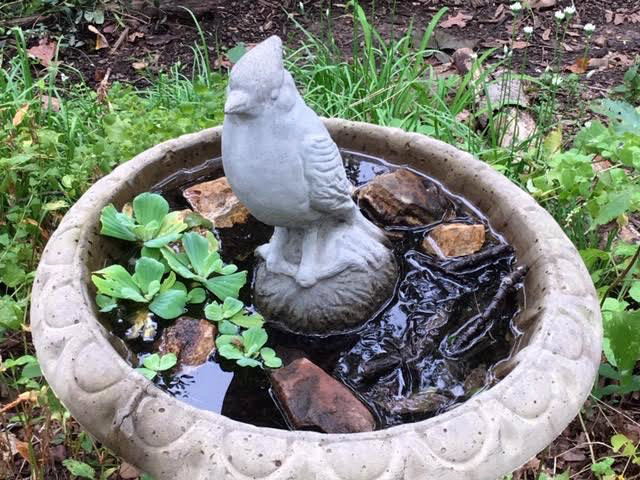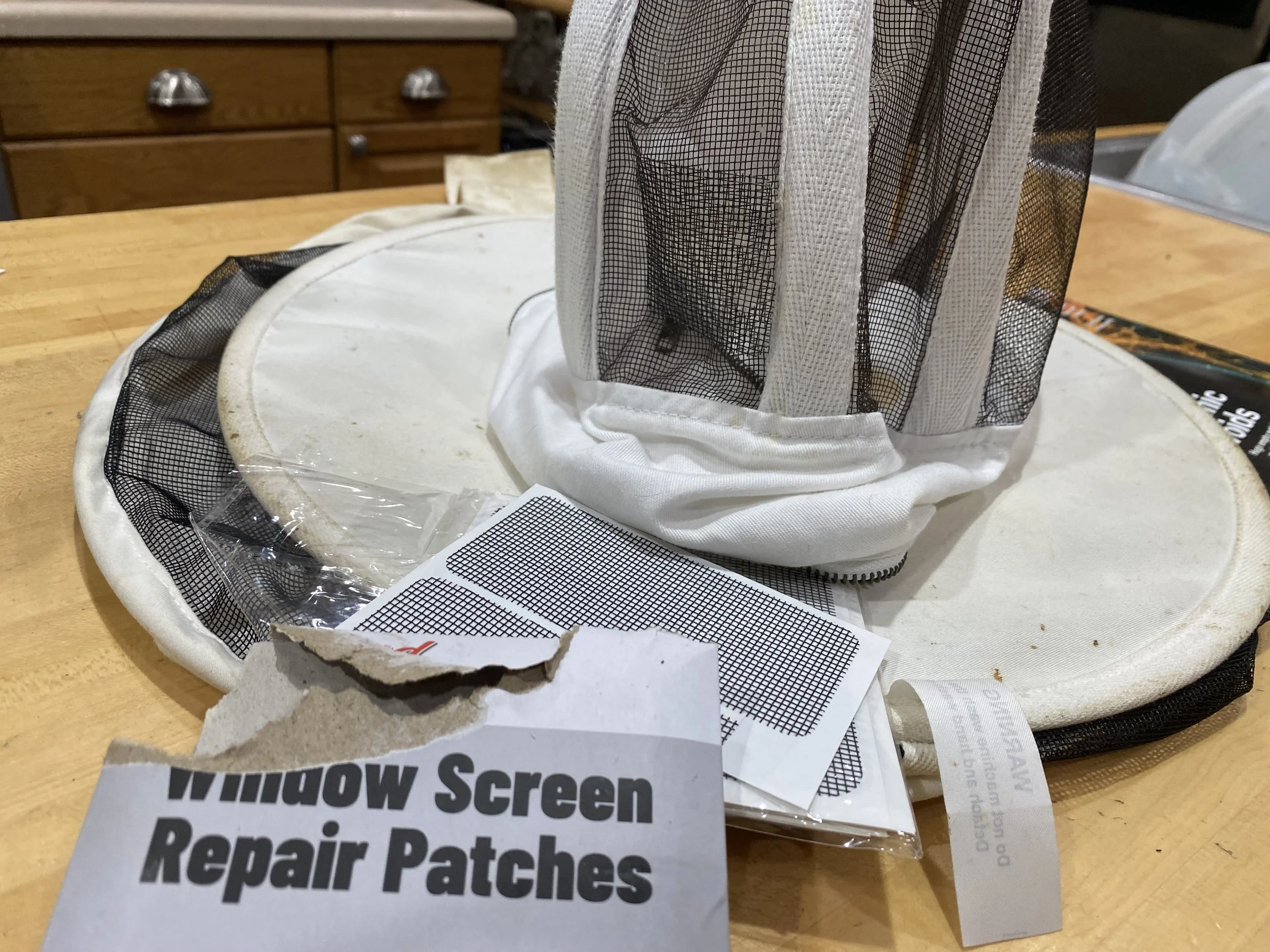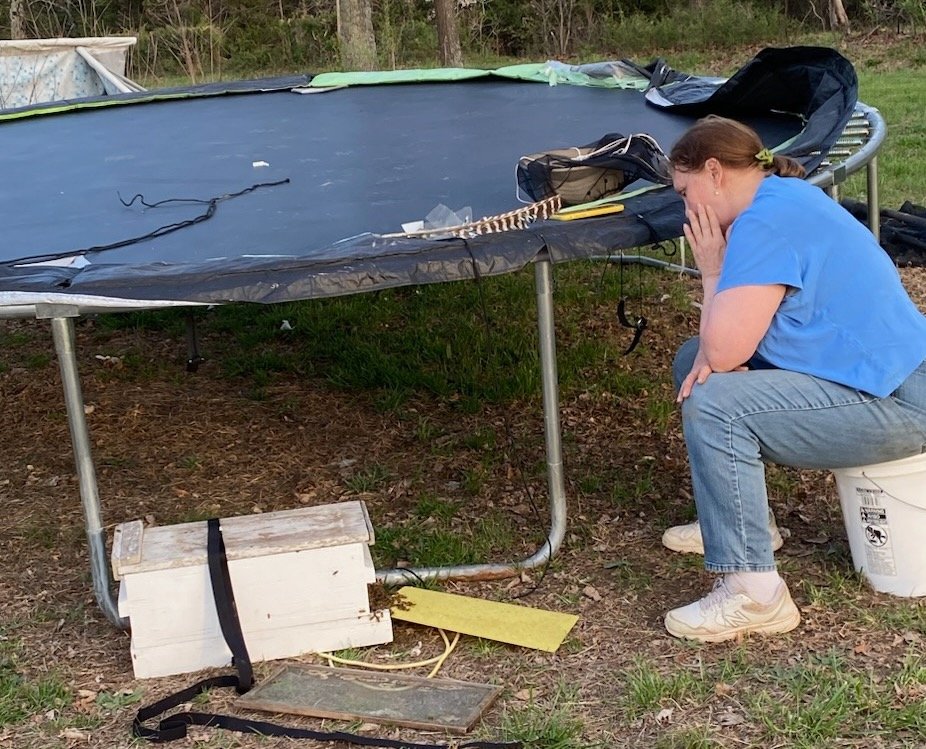How to Provide Bees Water
/A honey bee uses water lettuce to safely collect water from one of my bird baths. (Photo by Charlotte Ekker Wiggins)
How to Provide Bees Water
Bees need water just as other living creatures do. There is a range of advice, and assumptions, beekeepers make about how to do this so let me share with you my bird bath “bee bars.”
In general, bees need water no farther than half a mile from their hives. Some recommend a water source should be within 150 feet of their homes, which makes sense to me. Having a water source close by makes it easier for bees to move it to the hives for mixing with honey and protein to make bee bread and to cool the hive. Even though bees can fly 15-20 miles per hour carrying a load, I am sure they will access a nearby water source if it provides them what they need.
Honey bees on moss in one of my “bee bar” bird baths. (Photo by Charlotte Ekker Wiggins)
Secondly, Dr. Dale Hill has explained bees like what I call “water with a bouquet,” also referred to as “dirty water.” In other words, bees will visit standing water sources with limbs, rocks and, in one of my bird baths, moss. The bees are looking for minerals, enzymes and amino acids they need to stay healthy. They find some of those elements in standing water.
So to help keep them hydrated, one of the easiest things to do is to set up bird baths, or use them ones you already have. I call them my '“bee bars” and make sure they have rocks for safe bee landing. I also add twigs and leaves to give the water that “bouquet” bees like.
It does require a shift in perspective. At one time I tried to keep bird baths clear of debris and periodically changed the water. Now I add more things to my bird baths, including overgrown water lettuce from one of my tiny ponds. The water lettuce provides the bees a safe landing spot and helps to filter the water in the bird baths.
You can find bird baths for as little as $10. The lightweight plastic ones are easy to move around but require regular checking to make sure they are level and haven’t blown over from a recent storm. I add a base of rocks around the bottom to secure them.
Does this prevent birds from using the baths? Not that I can tell, I still periodically find a bird splashing away in the bee bars with smaller rocks or along the edge of ones with the larger ones.













